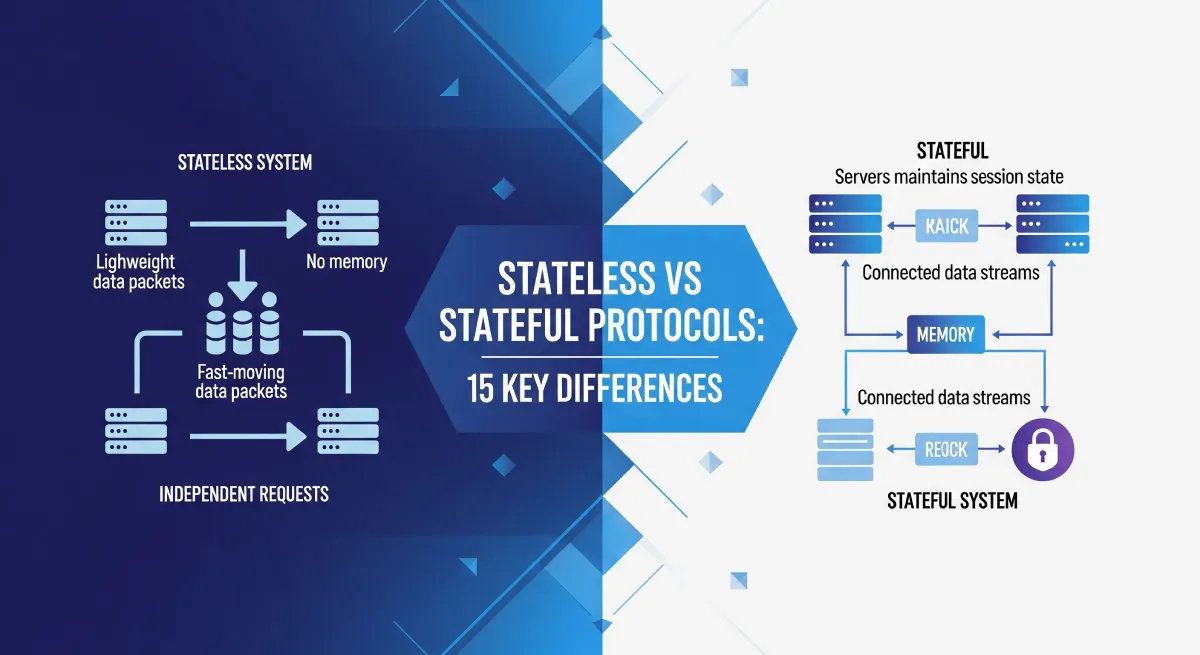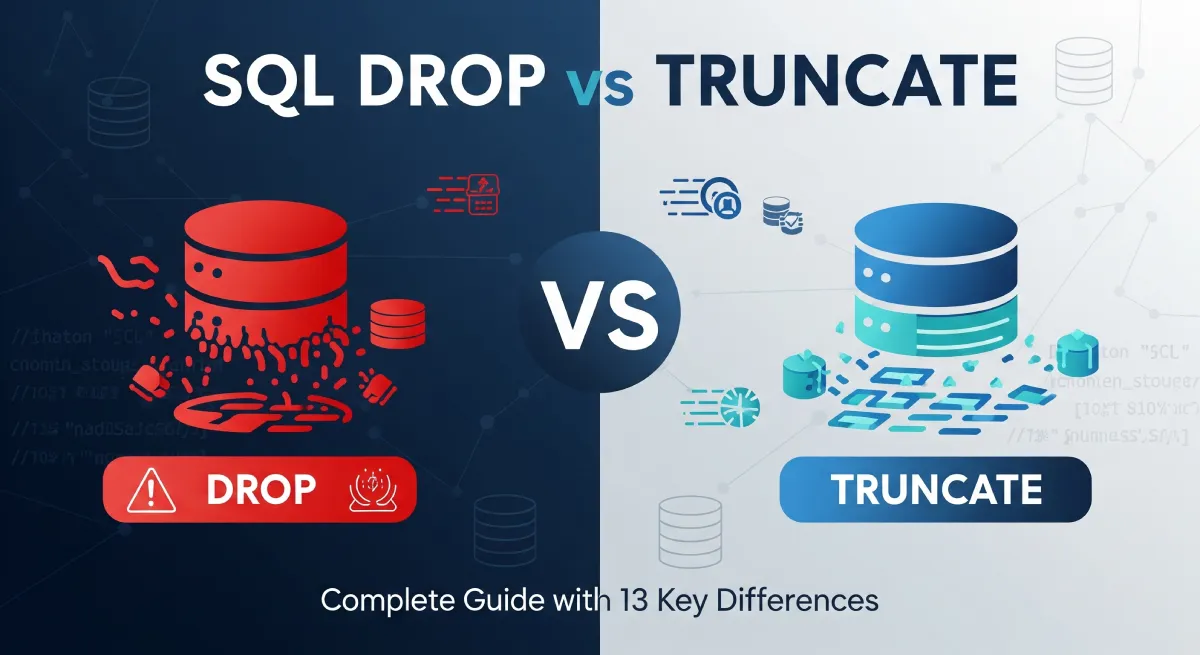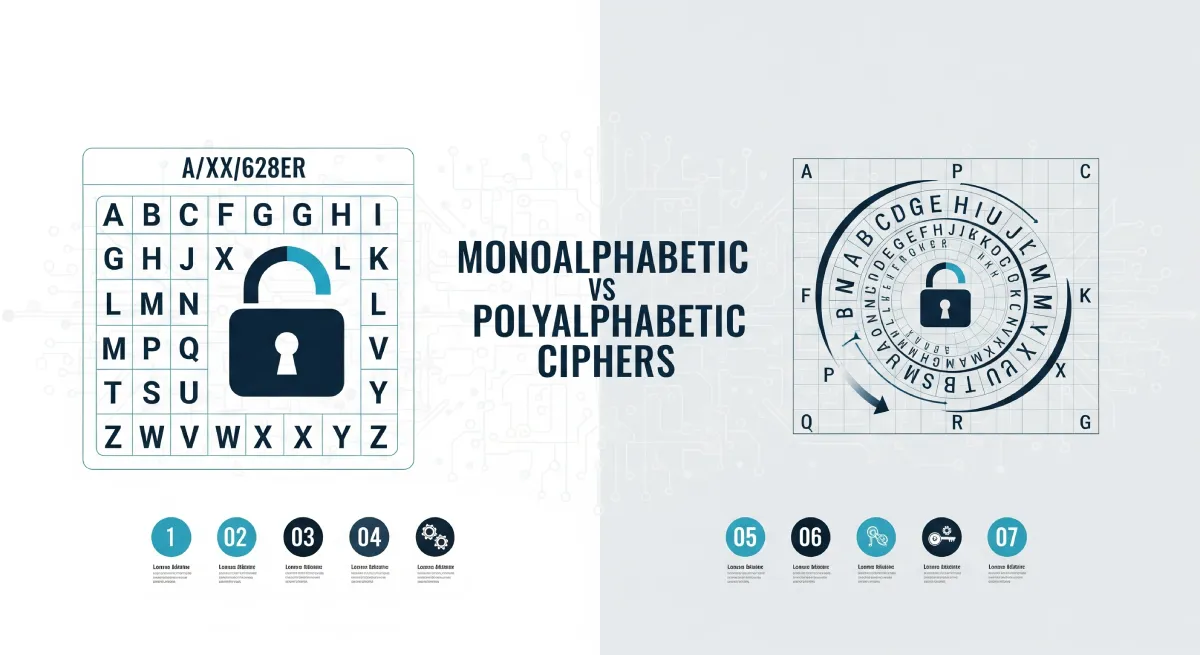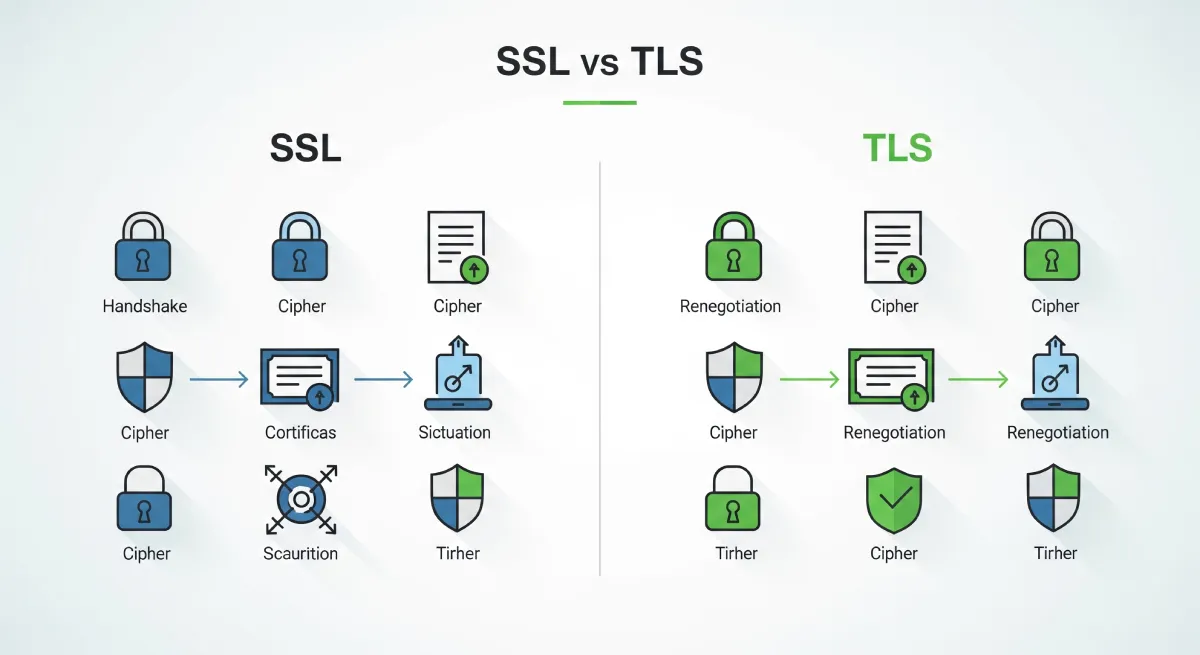Understanding symmetric vs. asymmetric keys is crucial for grasping modern encryption methods. This guide explains their differences, how they function, and their roles in securing sensitive data effectively.
Symmetric Encryption
Symmetric encryption uses a single key for both the encryption and decryption processes. The same key is used to encrypt plaintext to ciphertext and vice versa.
Example: In symmetric encryption, both parties share the same secret key. If Alice wants to send a secure message to Bob, she encrypts it using a shared key, and Bob decrypts it using the same key.
Advantages:
- Fast and efficient for large amounts of data
- Less computational overhead compared to asymmetric encryption
Disadvantages:
- Key distribution can be challenging
- Does not provide non-repudiation
Technical Characteristics:
- Uses the same key for encryption and decryption
- Common symmetric encryption algorithms include AES, DES, and 3DES
Use Cases and Applications:
- Secure data transmission over a network
- Data stored on devices or servers
Asymmetric Encryption
Asymmetric encryption, also known as public-key encryption, uses a pair of keys – public and private keys. The public key is used for encryption, while the private key is used for decryption.
Example: Bob shares his public key with Alice. Alice uses Bob’s public key to encrypt a message that only Bob can decrypt using his private key.
Advantages:
- Enhanced security due to separate keys for encryption and decryption
- Provides digital signatures for non-repudiation
Disadvantages:
- Slower compared to symmetric encryption
- Key management can be complex
Technical Characteristics:
- Uses a public key for encryption and a private key for decryption
- Common asymmetric encryption algorithms include RSA, ECC, and DSA
Use Cases and Applications:
- Secure communication in email and messaging systems
- Digital signatures for authentication and verification
Key Differences between Symmetric vs Asymmetric Keys
| Symmetric Keys | Asymmetric Keys |
|---|---|
| Uses a single key for both encryption and decryption | Uses a pair of keys (public and private) for encryption and decryption |
| Faster compared to asymmetric encryption | Slower compared to symmetric encryption |
| Less secure for key exchange due to the need to share the key | More secure for key exchange as the private key is never shared |
| Commonly used for bulk data encryption like file transfers | Often used for securing communication channels and digital signatures |
| Requires secure key distribution mechanisms | Eliminates the need for secure key distribution |
| Efficient for encrypting large amounts of data | Less efficient for large data encryption due to the computational overhead |
| Not suitable for secure communication over insecure channels without additional mechanisms | Enables secure communication over insecure channels without prior key exchange |
| Examples include DES, AES, and 3DES | Examples include RSA, ECC, and DSA |
| Susceptible to key compromise leading to decryption of all data | Private key remains secret, enhancing data security even if the public key is known |
| Less complex in terms of cryptographic operations | More complex due to the use of mathematical algorithms for key generation and encryption |
| Requires a secure method to store and manage keys | Needs secure storage for the private key while the public key can be freely distributed |
| Offers faster encryption and decryption processes | Offers the advantage of secure key exchange without prior communication |
| Provides less flexibility for secure communication methods | Provides more flexibility for different cryptographic operations |
| Well-suited for scenarios where speed is crucial | Preferred for scenarios requiring secure communication and digital signatures |

Practical Implementation
Unlocking Encryption: Exploring Symmetric vs. Asymmetric Keys
Introduction
Encryption is a crucial aspect of modern cybersecurity. Symmetric and asymmetric key algorithms are two fundamental methods used to secure data. In this guide, we will delve into the practical aspect of implementing both types of encryption keys.
Symmetric Key Encryption
Symmetric key encryption uses a single key for both encryption and decryption. A popular symmetric encryption algorithm is AES (Advanced Encryption Standard). Below is a step-by-step guide to implementing symmetric key encryption in Python using the PyCryptodome library:
1. Install PyCryptodome:
pip install pycryptodome
2. Implementation:
from Crypto.Cipher import AES
from Crypto.Random import get_random_bytes
def encrypt_message(message, key):
cipher = AES.new(key, AES.MODE_EAX)
ciphertext, tag = cipher.encrypt_and_digest(message.encode())
return ciphertext, tag, cipher.nonce
def decrypt_message(encrypted_message, key, tag, nonce):
cipher = AES.new(key, AES.MODE_EAX, nonce)
decrypted_data = cipher.decrypt_and_verify(encrypted_message, tag)
return decrypted_data.decode()
Asymmetric Key Encryption
Asymmetric key encryption uses a pair of public and private keys. RSA is a widely used asymmetric encryption algorithm. Here’s a guide to implementing asymmetric key encryption in Python using the cryptography library:
1. Install cryptography:
pip install cryptography
2. Implementation:
from cryptography.hazmat.primitives import serialization
from cryptography.hazmat.primitives.asymmetric import rsa
from cryptography.hazmat.primitives.asymmetric import padding
from cryptography.hazmat.primitives import hashes
def generate_key_pair():
private_key = rsa.generate_private_key(public_exponent=65537, key_size=2048)
public_key = private_key.public_key()
return private_key, public_key
def encrypt_message(message, public_key):
encrypted = public_key.encrypt(
message.encode(),
padding.OAEP(
mgf=padding.MGF1(algorithm=hashes.SHA256()),
algorithm=hashes.SHA256(),
label=None
)
)
return encrypted
def decrypt_message(encrypted_message, private_key):
decrypted = private_key.decrypt(
encrypted_message,
padding.OAEP(
mgf=padding.MGF1(algorithm=hashes.SHA256()),
algorithm=hashes.SHA256(),
label=None
)
)
return decrypted.decode()
Best Practices and Optimization Tips
- Key Management: Ensure secure storage and transmission of keys.
- Performance: Asymmetric encryption is slower than symmetric encryption, so choose based on your requirements.
- Randomness: Use strong random number generators for key generation.
Common Pitfalls and Solutions
- Key Length: Ensure the key length meets recommended standards for security.
- Padding: Incorrect padding can lead to vulnerabilities. Use standard padding schemes.
- Key Exchange: Safely exchange keys in asymmetric encryption to prevent interception.
By following the guidelines provided above, you can successfully implement symmetric and asymmetric key encryption in your applications.
Frequently Asked Questions
What is encryption and why is it important?
Encryption is the process of converting plain text into a secret code to protect the information’s confidentiality. It plays a crucial role in safeguarding sensitive data from unauthorized access or theft.
What is the difference between symmetric and asymmetric encryption?
Symmetric encryption uses a single key to encrypt and decrypt data, while asymmetric encryption uses a pair of keys (public and private) for these operations. Symmetric encryption is faster but requires secure key distribution, whereas asymmetric encryption offers secure key exchange but is slower.
How do symmetric and asymmetric keys differ in terms of security?
Symmetric keys are vulnerable to key distribution challenges and require a secure mechanism for sharing the key between parties. Asymmetric keys provide a higher level of security as the private key remains secret, while the public key can be openly shared for encryption.
Which encryption method is commonly used for secure communication over the internet?
Asymmetric encryption is widely used for secure internet communication, particularly in scenarios like HTTPS where data encryption and secure key exchange are essential. Asymmetric encryption ensures secure communication between parties without the need to share a secret key in advance.
Can symmetric and asymmetric encryption be used together?
Yes, a common practice is to use a combination of both symmetric and asymmetric encryption in a process known as hybrid encryption. This approach leverages the speed of symmetric encryption for data encryption and the security of asymmetric encryption for key exchange.
Conclusion
In conclusion, understanding the distinctions between symmetric and asymmetric encryption keys is crucial for ensuring data security in various applications. Symmetric keys use a single shared key for encryption and decryption, offering faster performance but requiring secure key distribution. Asymmetric keys utilize a pair of public and private keys, providing better overall security but with slower processing speeds.
For practical recommendations, choosing between symmetric and asymmetric encryption depends on the specific use case and security requirements. For scenarios where speed is a priority and secure key distribution is feasible, symmetric encryption may be more suitable. Conversely, asymmetric encryption is ideal for situations where enhanced security and key exchange simplicity are essential, despite the potential trade-off in processing efficiency.
Decision-making criteria should consider factors such as the sensitivity of the data being transmitted, the computational resources available, the ease of key management, and the desired level of security. By evaluating these aspects carefully, organizations can make informed choices when implementing encryption mechanisms to safeguard their information effectively.



